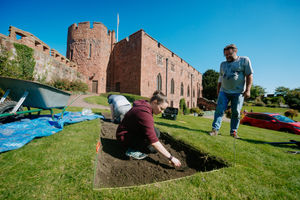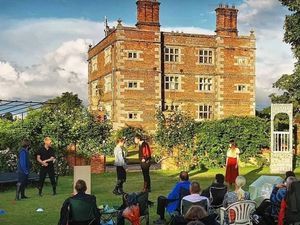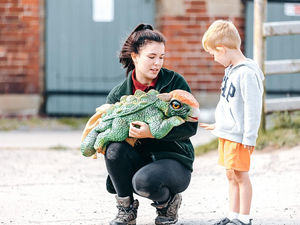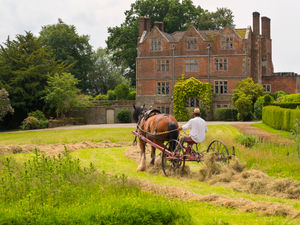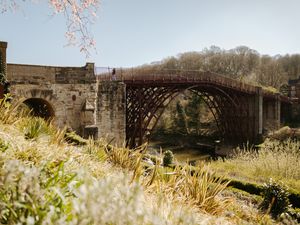Archaeologists dig deeper into history as second Shrewsbury Castle excavation starts
Archaeologists are digging deeper into the history of Shrewsbury, by trying to learn what used to lie at one of the town's most important landmarks.
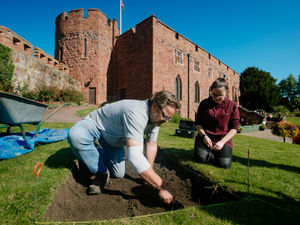
A second dig began this week at Shrewsbury Castle to try and establish what may have been at the site before the castle was there.
It comes after the first-ever major excavation at the castle last year was hailed a huge success and produced finds of national significance.
Curious visitors took inquisitive looks on a gloriously sunny morning yesterday as the team began digging a trench, wondering what may lie beneath. The team gathered and spent time brushing through and inspecting the soil to see if there were any discoveries to be found.
The team has made a start on excavating a trench on the grassed slope of the western rampart overlooking the drive close to the Great Hall.
The dig is again being led by Dr Nigel Baker and is a partnership project between Shropshire Council, University Centre Shrewsbury, Shropshire Museums and the Castle Studies Trust. Colleagues Dr Morn Capper and Professor Tim Jenkins from University Centre Shrewsbury and students are also playing major roles in the project.
